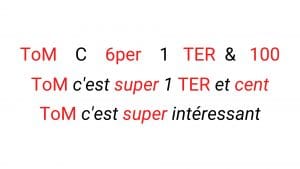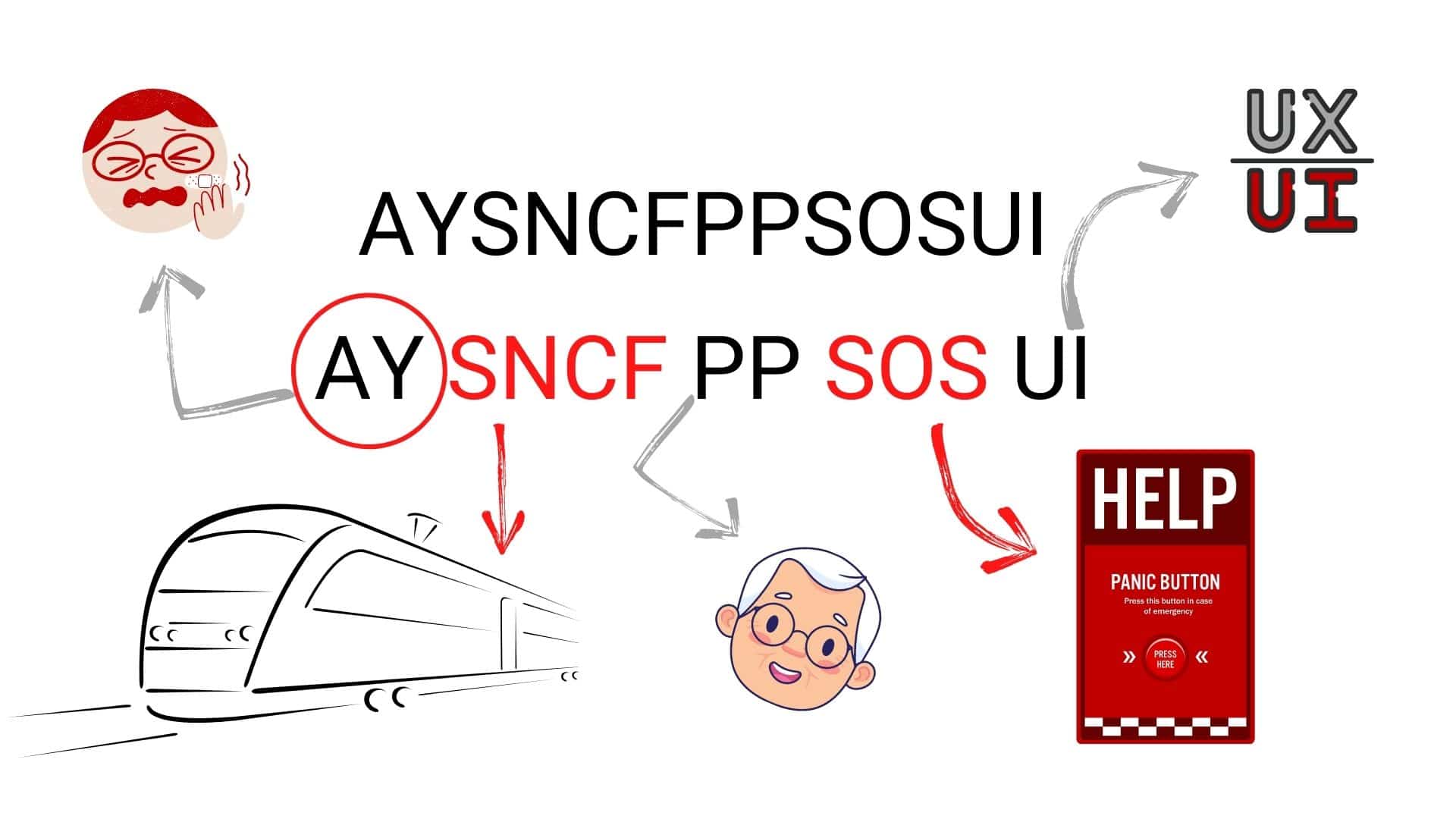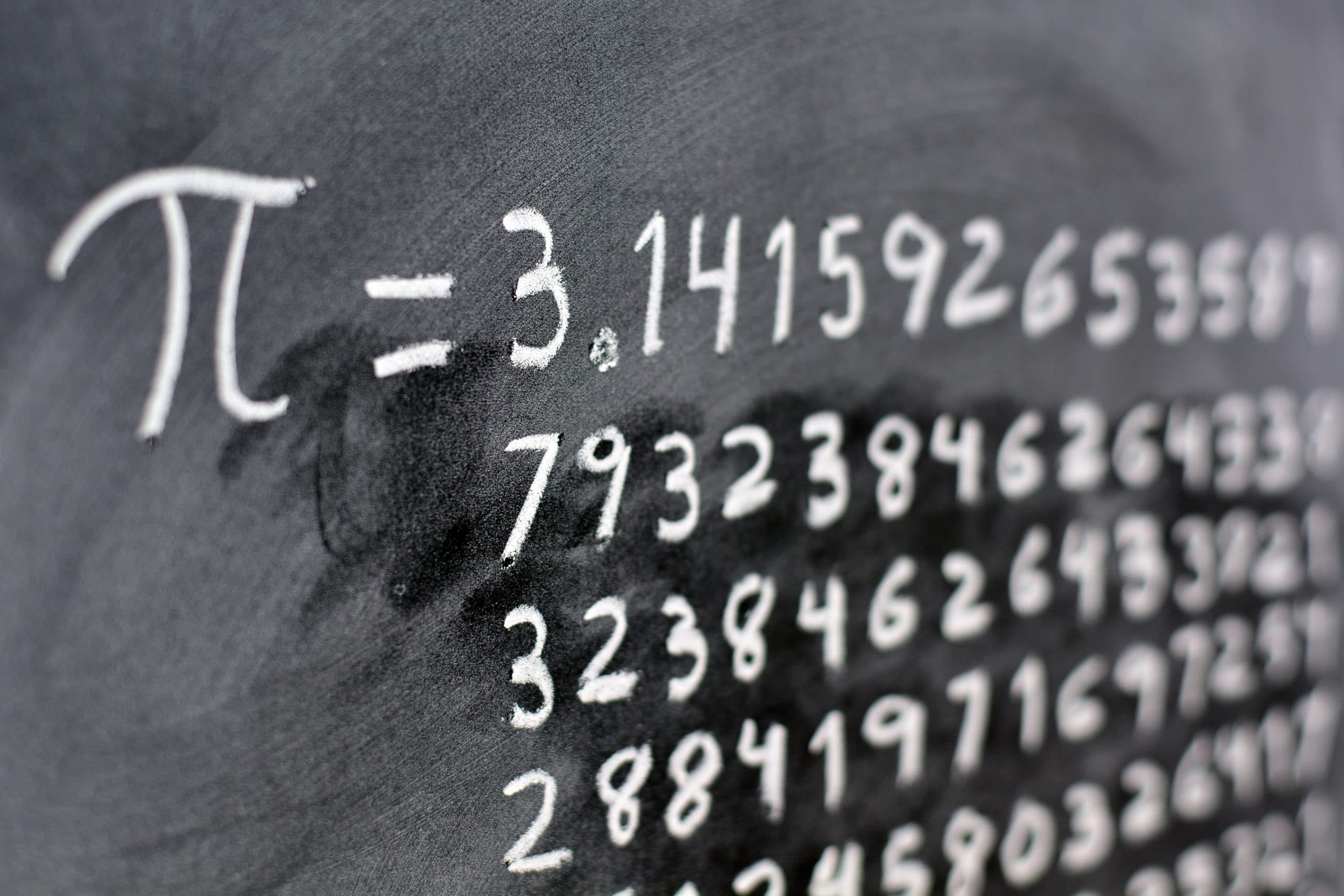Have you ever heard of chunking? The idea behind this cognitive phenomenon is to help people remember information sets by providing them with meaning. Learn more about its role in the learning process with Anissa, Cosmic Training Coordinator at Teach on Mars.
What is chunking ?
Try this little experiment to find out more. I’m going to give you my password and I’d like you to try to remember it:

You have 30 seconds to memorize it. Tick, tock…

How did you go about retaining the information? Chances are that you used the chunking method, also known as sequential cutting. This method, often used subconsciously, enables us to make information easier to disgust by breaking it down into units of meaning.
Going back to the password, we can break the information down into several units:

When we read this information out loud, it has MEANING, so it is easier to retain.
The same approach can be used with a sequence of digits such as a telephone number or social security number. Chunking is a method whereby we break down information to enable memorization by creating meaning. Georges Miller defined the concept in 1956; he noticed that people had a limited capacity for processing information. This limitation depended on the type of information provided. It is thought that there is a 7-unit limitation (plus or minus 2 items).
The information to retain is easier to memorize if it is familiar, so Miller called a unit of information which stands out because of its meaning — a chunk. The familiar unit of meaning is held in the long-term memory and enables the information to be accessed quicker and easier.
If we take a similar example, the series of letters AYSNCFPPSOSUI features, at least, the following units of meaning:
AY SNCF PP SOS UI
So, instead of retaining 13 letters, you retain 5 groups of letters, of which at least 2 have meaning [SNCF is the acronym for the French railway company]; personal experience enables learners to create others. (PP for papa, UI for User Interface and so on).

This mnemotechnic method enables us to push the boundaries of learning or at least the boundaries of memorization.
Why is chunking important in learning?
Memorization is a genuine sport – with training you can become a champion of learning. Your learners may eventually be able to retain more than 70,000 digits of Pi like Akira Haraguchi and Rajveer Meena.

From a practical point of view, understanding this method enables us to understand how learners learn and helps us design content that is easier to grasp.
Supporting learning with sequential cutting
But how can we use this information when designing courses? We can look to the chunking strategy for a few pointers: by making information easier to digest, you help learners memorize. Get straight to the point. Of the 5 units your learner can retain, make sure that he or she chooses the vital information by highlighting the most important content. To do so:
- put key words in bold or use capitals
- repeat and reformulate key ideas
- delete any irrelevant information and avoid being overly wordy
With Teach on Mars:
- Mobile Courses don’t contain more than 10 cards.
- 4 key units of information per card max
- Use transition cards to show you’re switching to a new idea.
- Anchoring activities only cover key information. By doing the game activity, learners grasp crucial information.
Break your content down into key ideas to create units of meaning. Try to avoid teaching several different points at once. Organize your content so that the plan is easy to memorize: if the training plan is clear, you’re already half way there.
- Use titles with meaning, rather than titles with style.
- Help learners to put information in sequence by using numbering and bullet points.
- Always provide a concise recap of the information to be retained.
Illustrate your ideas. Consciously or subconsciously, learners always try to make information more concrete. To do so, they create images and find concrete examples or stories. For more technical subjects or lists, they try to create mnemotechnic strategies.
- Tell them your own mnemotechnic methods (FANBOYS) [for, and, nor, but, or, yet,so — the 7 coordinating conjunctions in English], Sohcahtoa and so on
- Use diagrams, tables or infographics without restraint (or almost)
- Provide visuals to illustrate ideas. Do you know the memorization technique known as the mind palace*? By illustrating your ideas, you help learners to store the information in their mind palace.
Remember that learners need intelligibility both in style and substance. By understanding the operation and utility of sequential division and the mind palace*, you make your content more efficient.
*memorization technique which involves creating a place in your mind in which to store information using idea combinations…perhaps the subject for an upcoming article?

D’abord éditrice de manuels scolaires, professeure et coordinatrice pédagogique à l’Université, Julia a rejoint l’équipe Learning Experience chez Teach on Mars pour apporter ses compétences en pédagogie. La gamification et la différenciation pédagogique sont notamment ses chevaux de bataille.




